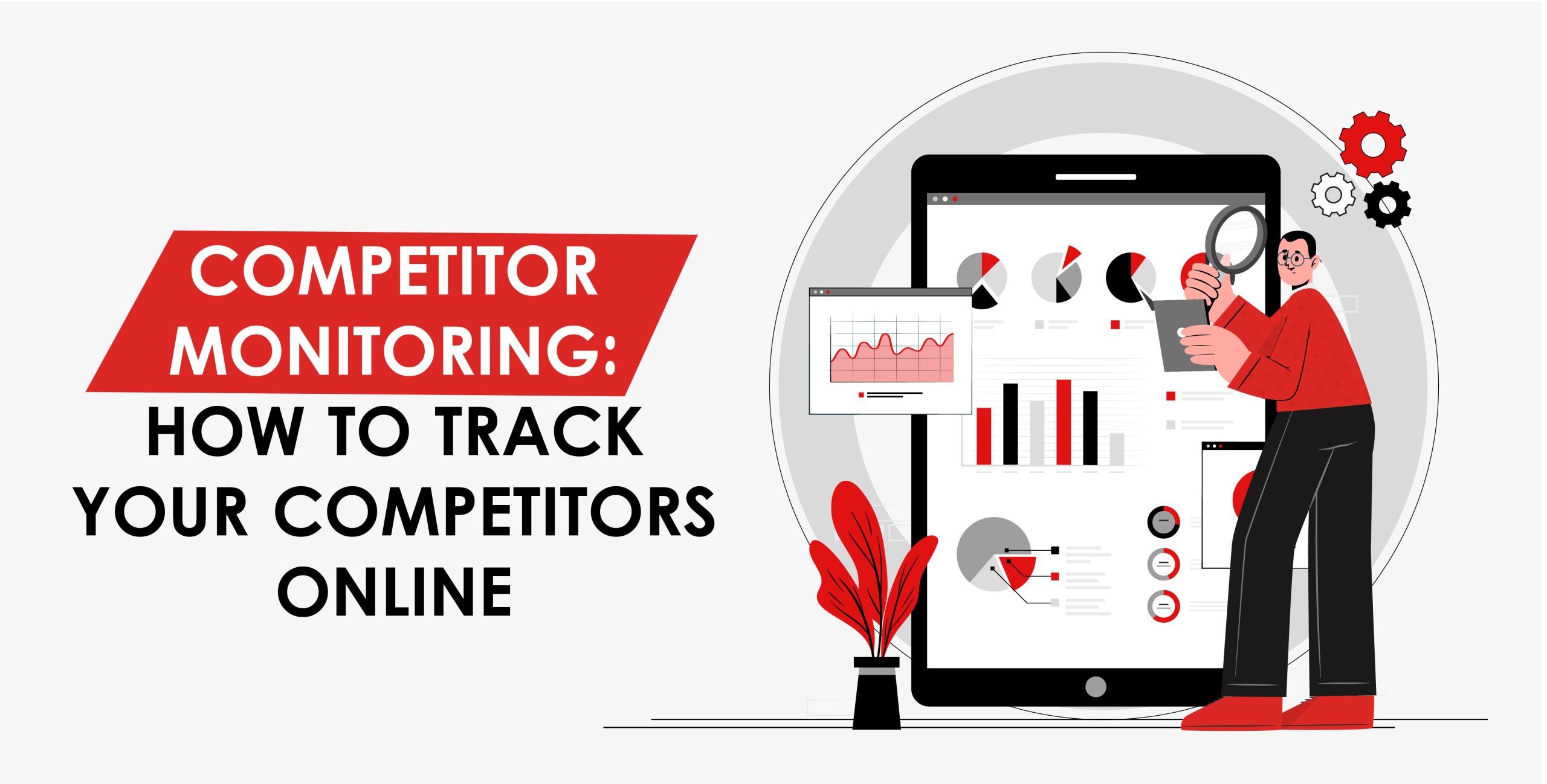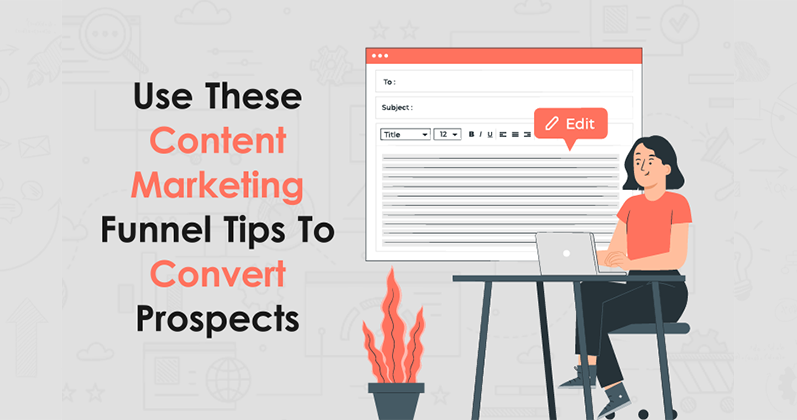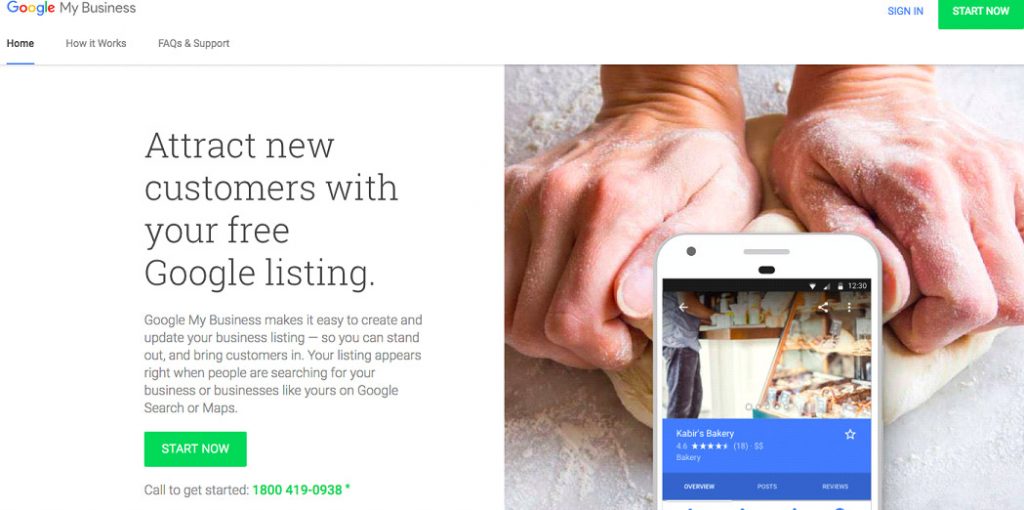Research Their Most Shared Content
Researching the type of content your competitors share will help you understand the nature of content that works well for them. It will also help you analyze data and have your own records to get your own strategy started. For the same, it is always advised to watch the website (blogs, announcements, ebooks, or even newsletters) along with social media.
If they are present on any other channels, keep an eye out for what they post there as well. Knowing what your competitors are posting, when they are posting, the frequency at which they are posting, and the nature of their interacting target audience will help you curate your own content marketing strategy.
While you are in the process of collecting data, do keep the scope for creativity and innovation, as these traits will give a unique perspective to your brand, eventually making you stand out from the crowd.
Furthermore, when you have identified a pattern, you will also be able to decode many things, including why their current strategy is working and the touchpoints their strategy is missing out on.
Remember, there’s no such thing as a perfect crime, and there’s always evidence left behind by even the smartest of criminals. Look for these clues, and you will be able to find your way into the heart of your target audience.


















